Info, news & debate
Low-impact clothes
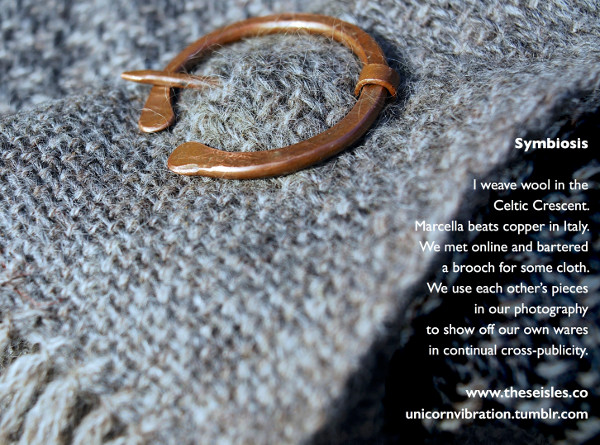
Who can afford artisan goods? For truly green businesses, we have to kick the money habit
Hi, how’s business? As an artisan working with wool, January and February are usually peak season for me, but this year they’ve been the worst months on my records, despite the big freeze.
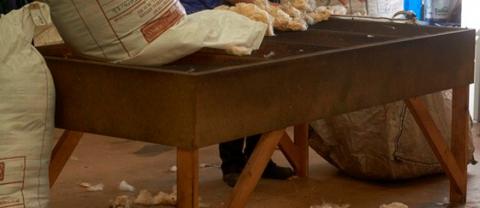
The Wool Journey Part 7: uses of different fibre types
Continuing The Wool Journey, Sue Blacker of The Natural Fibre Company explains the uses of different fibre types. It is said that everything of a pig can be used but the squeak and the same is true of fleeces!
![By Christopher DOMBRES (Own work) [CC BY-SA 4.0 (https://creativecommons.org/licenses/by-sa/4.0)], via Wikimedia Commons](https://www.lowimpact.org/wp-content/uploads/Shopper-e1516826078489.jpg)
Buying green: is ethical consumerism a perfect distraction?
Eco-consumption, ethical consumerism, sustainable shopping. Call it what we may, “buying green” has grown into something of a hot topic in the last decade. But is it the sustainable solution some claim it to be or is it in fact the perfect distraction? Lowimpact.org’s Sophie Paterson explores.
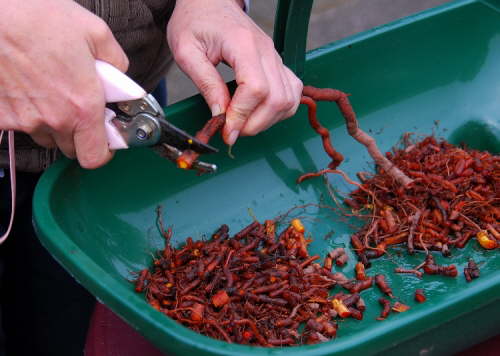
Meet madder, woad & weld: traditional dye plants of Europe
In this post, textile artist Teresinha Roberts of Wild Colours tells us all about the top three European dye plants for use in natural dyeing: madder, woad and weld.
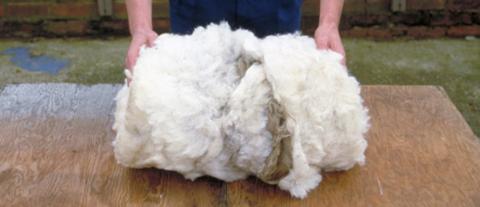
The Wool Journey Part 6: grading, sorting and storing of fleeces following shearing
In the sixth installment of The Wool Journey by Sue Blacker of The Natural Fibre Company and Blacker Yarns, she outlines the crucial steps of grading, sorting and storing of fleeces following shearing.
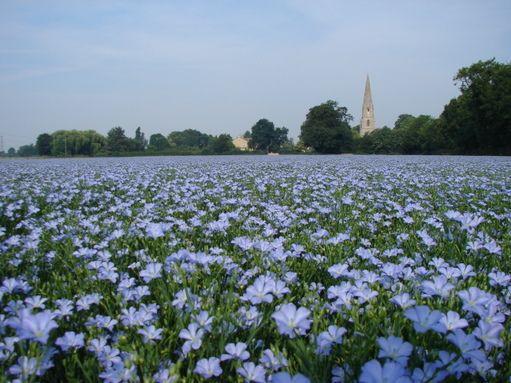
The linen journey: locally-grown flax to yarn
In a spin-off from The Wool Journey series of blog posts, The Natural Fibre Company shares The Linen Journey, in which Sonja Bargielowska explores flax’s journey from field to yarn.
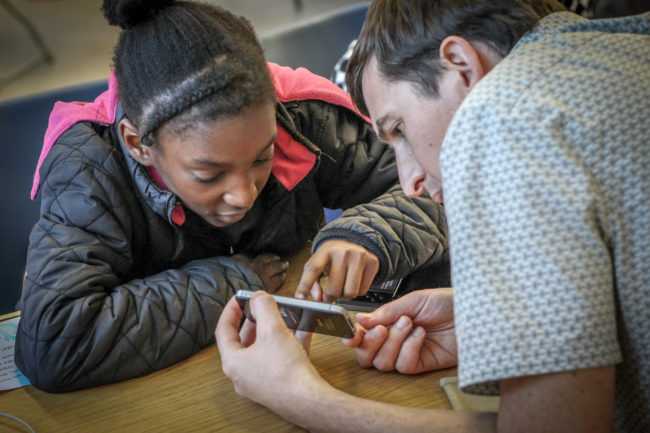
Reduce, reuse… repair? The repair renaissance building skills and communities
With UK media decrying a recent YouGov survey revealing a whopping 69% of 18-24 year olds in the UK don’t know how to bleed a radiator and 54% would be flummoxed replacing a fuse, what hope is there for a repair renaissance amidst the current tide of throwaway consumerism?
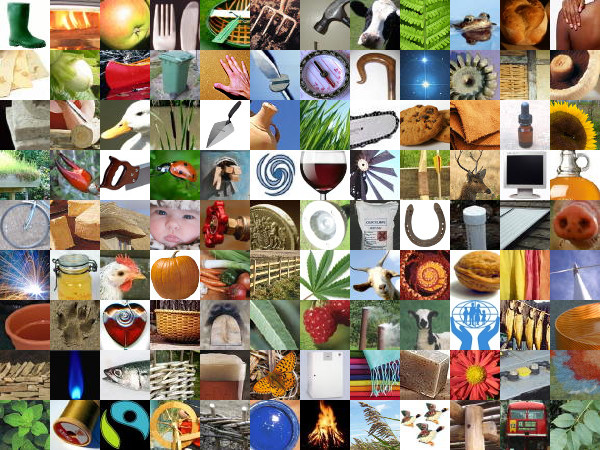
Join our new online community Living Low Impact
We’re excited to introduce our new Facebook group Living Low Impact – and you’re invited!
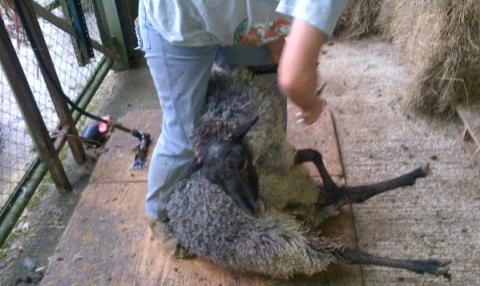
The Wool Journey Part 5: harvesting the wool
In The Wool Journey Part 5, Sue Blacker of Blacker Yarns and The Natural Fibre Company explains the process of harvesting wool with an in-depth look at sheep shearing.
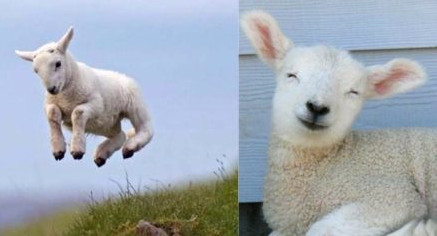
The Wool Journey Part 4: wool attributes amongst breeds, natural colour and health
In The Wool Journey Part 4, Sonja Bargielowska of Blacker Yarns at The Natural Fibre Company considers wool attributes amongst breeds, natural colour and the importance of a healthy flock.
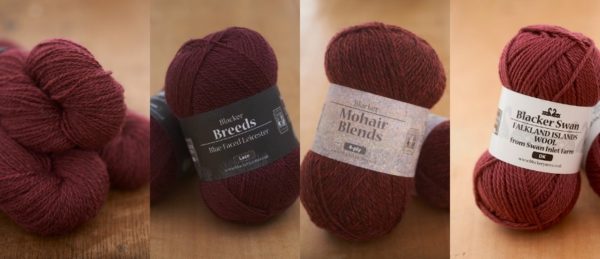
The Wool Journey Part 3: wool attributes – length, crimp and lustre
In the third of The Wool Journey installments based on an original post by Sonja Bargielowska at Blacker Yarns, The Natural Fibre Company leads us to consider length, crimp and lustre.
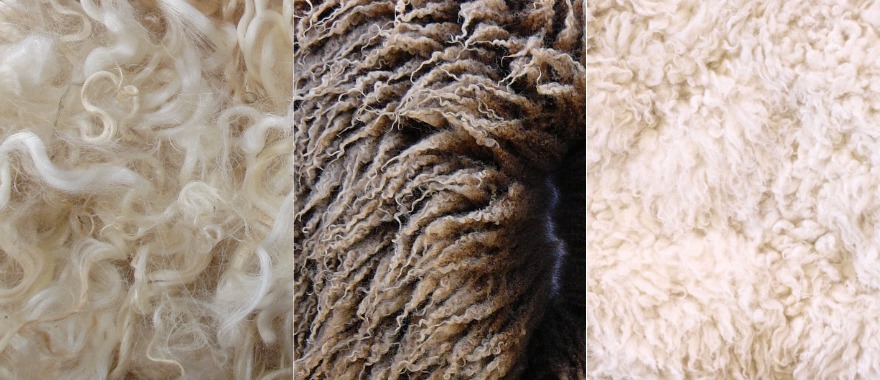
The Wool Journey Part 2: wool attributes – thickness
In the second installment of The Wool Journey guest blog posts from Sue Blacker and colleagues at The Natural Fibre Company, we learn about a key attribute: thickness.
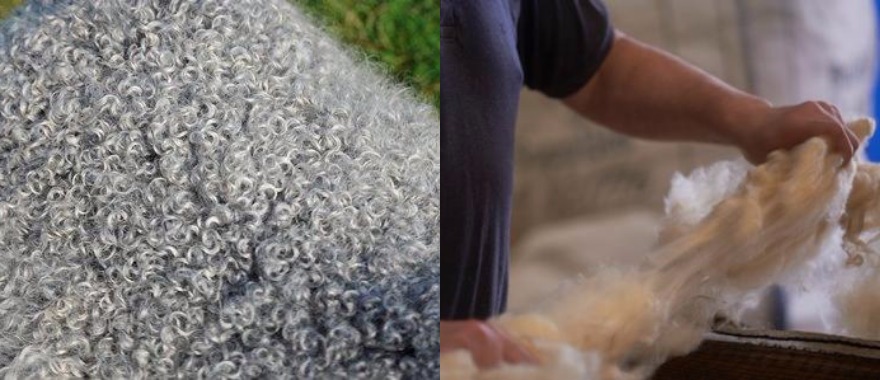
The Wool Journey Part 1: what is wool?
In the first of a series of guest blog posts from Sue Blacker and colleagues at The Natural Fibre Company, we invite you to embark upon The Wool Journey, exploring the what, how and why of all things wool.
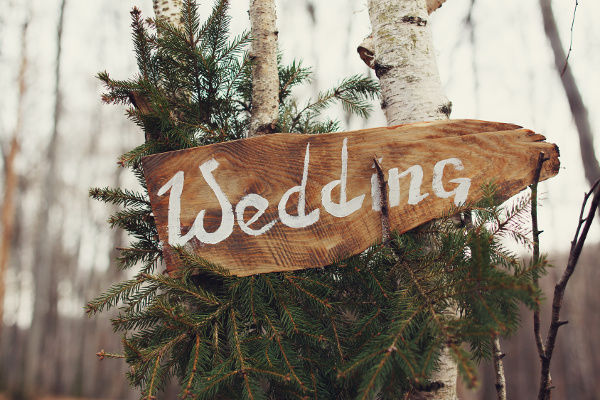
How to reduce the environmental impact of your wedding
Your wedding day is obviously one of the biggest days of your life — but it can also be huge for your carbon footprint. In the UK, the average cost of a wedding is over £20,000. Not only is this a huge amount of money to spend on a single day

How can we get our clothes from sustainable and non-corporate sources?
This is an interview with Jessica Smulders-Cohen of Greater London Fibreshed, who are trying to build a network of small-scale clothes manufacturers using natural materials produced in the UK.

The ridiculous (and hilarious) philosophy of Karl Lagerfeld
You probably don’t know who he is and to be honest, neither did I – I just came across his ‘philosophy’ (he calls his quotes ‘Karlisms’) and found it hilarious. He’s the head designer of fashion house Chanel, and so I don’t suppose you’d expect anything particularly deep from him.
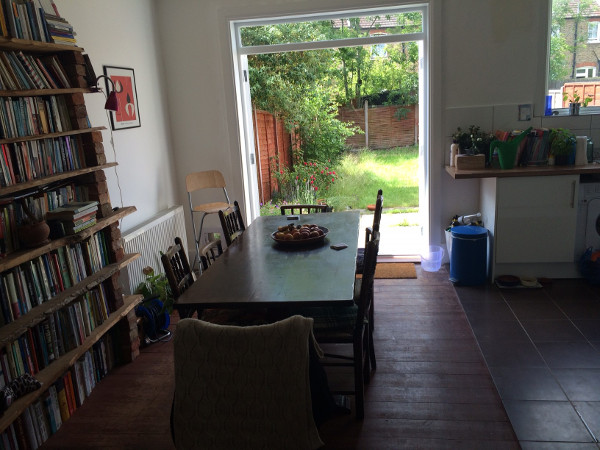
Low-impact & the city 1: introduction – how possible is it to live in a sustainable, non-corporate way in a city?
I lived at Redfield Community for 13 years – it’s where Lowimpact.org was born – but now I live in London, and so I’m assessing my options for living as low-impact a life as I can.
